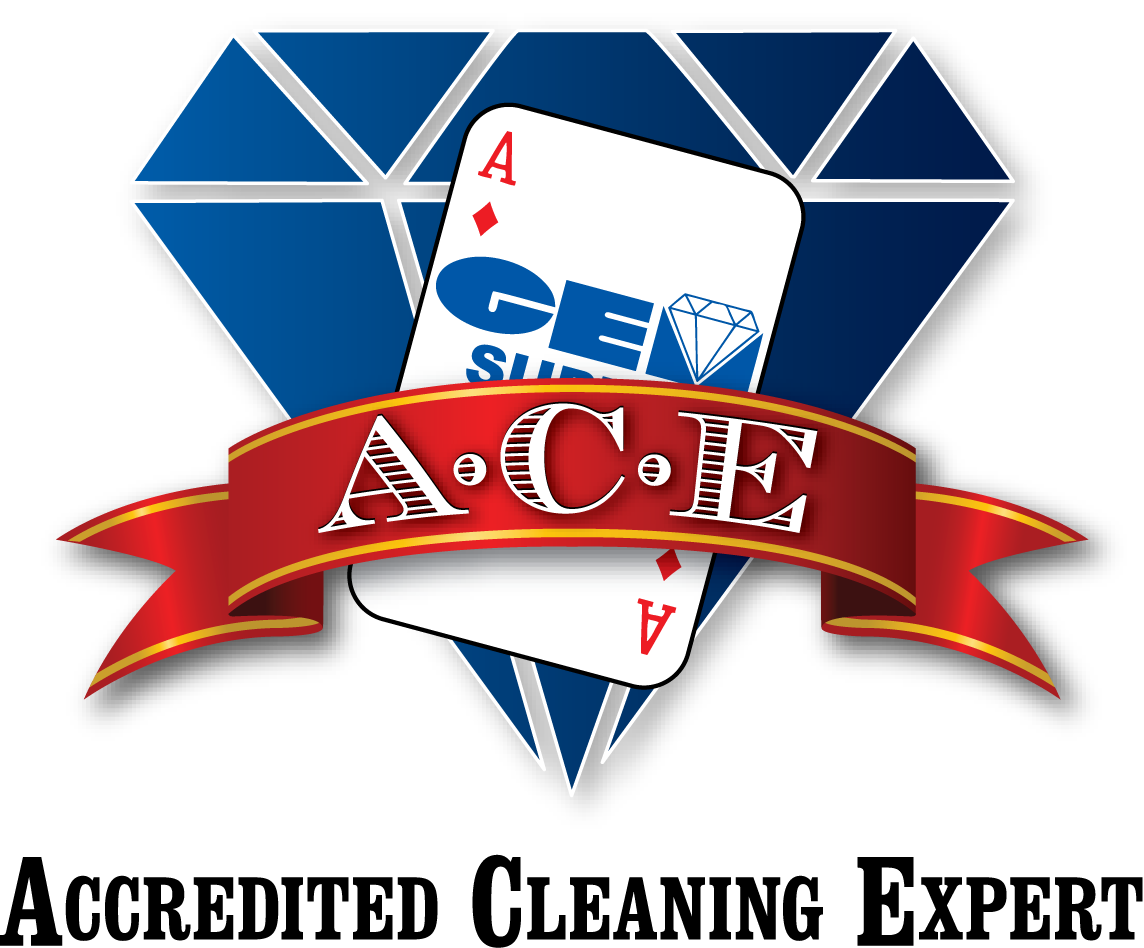How Clean is Your Clean? By Krysten Comperchio
How Clean Is Your Clean?
Did you know…
- Infections are one of the main reasons people are admitted into hospitals?
- Proper disinfection prevents 36% of healthcare acquired infections (HAI’s)?
- The Centers for Disease Control (CDC) states ATP Monitoring Systems are an objective method for evaluating cleaning methods and recommends having a critical “Touch Point” cleaning program?
It is estimated that HAI’s are on the rise and are costing healthcare facilities $7 billion dollars each year (Per Centers for Disease Control – CDC). Every aspect of healthcare is scrutinized in an effort to reduce the risk of healthcare associated infections (HAI’s). No one can truly know if a surface is clean just by looking at it. ATP (Adenosine Triphosphate) is an enzyme that is present in all living cells, and can detect the amount of organic matter that remains after cleaning an environmental surface. ATP Monitoring Systems provide real-time, accurate and reliable results allowing users to assess and measure surface cleanliness, validate efficacy of cleaning procedures and with implemented cleaning procedures and protocols, immediately address critical “touch points” in healthcare facilities, i.e., long term care. “Touch Points” are referred to as:
- Floors and Hallways
- Organisms survive up to 5 months on floors
- Chairs and Arms of Chairs
- Over 90% are rarely cleaned where millions of micro-organisms “live”
- Door Knobs
- Viruses, like H1N1 can survive up to 24 to 48 hours on these surfaces
- Bed Rails
- VRE can survive up to 7 days on bed rails
- Sinks and Faucets
- 75% of all sinks contain extremely high levels of micro-organisms
- Toilet Seats
- Norovirus survives on toilet surfaces for 12 hours
A clean environment and proper hand hygiene programs are important factors in reducing the risk of cross contamination and transmitting disease contributing to HAI’s. In the US, the Centers for Disease Control (CDC) guidelines for multiple drug-resistant organisms, i.e., CRE, VRE and MRSA, recommend that healthcare facilities “monitor cleaning performance to ensure consistent cleaning and disinfection of surfaces in close proximity to the patients”. Most healthcare facilities rely on visual inspection as a cleaning monitoring method. Although easy to implement, visual inspection has shown to be inadequate for ensuring that proper cleaning has been performed, especially on critical “Touch Points”. Proper cleaning procedures and policies need to be in place to monitor daily cleaning effectiveness using methods beyond visual assessment. With increased risk of hospital acquired infections, healthcare providers need real-time results in order to make good decisions regarding proper cleaning and disinfection of rooms before the next patient/resident rooms. Monitoring patient/resident rooms, as well as other departments within a healthcare facility, is a proactive approach with measureable results, helping reduce HAI’s and saving money due with better cleaning procedures.
Krysten Comperchio is the Product Manager for Skin Care and Education at the Betco Corporation.
![]()


